In this age of anxiety, imagine the perfect medicine. It would help millions of people soothe high stress levels and sleep better. It would be plant-based and natural. Unlike opioids and other pharmaceutical options, it wouldn’t be addictive. It would cause few, if any, negative side effects, but might also bring some more benefits, such as reducing pain and inflammation, among other common bodily concerns.
In the last few years, tens of millions of Americans say they have discovered just this kind of natural compound, providing all these benefits and more. Some doctors and researchers agree. Others are still skeptical — waiting for more evidence. This real-life compound is called cannabidiol, or CBD, and its rise from medical outlaw to a popular wellness phenomenon is gaining attention across America.
How popular is it? In a 2019 Gallup poll, 14 percent of U.S. adults said that they use CBD products, which represents more than 35 million adult Americans. (By comparison, about 8 percent take fish oil, which, until CBD, had long been the most popular health supplement.) According to Consumer Reports research, about three-quarters of users say CBD helps ease symptoms, and more than 20 percent say it is so effective that they replaced other drugs — from over-the-counter painkillers to opioids — with CBD products.
“It seems to make a solid difference in my anxiety and depression,” says Susan Hollins (patient names have been changed throughout). “Before CBD oil, I would easily burst into tears when I got even slightly overwhelmed at work, and that’s completely gone away. I just feel so much calmer and more capable.”
Experts are intrigued. “CBD is anti-inflammatory, antibacterial, anti-anxiety, and immunosuppressive,” says Joseph Cohen, D.O., a Colorado physician. In fact, the National Academies of Science, Engineering, and Medicine convened a committee of experts to review cannabidiol’s effect for pain and insomnia. Their report suggests positive evidence that cannabidiol could be effective. Other experts agree. The European Journal of Pain reported that “use of topical CBD has potential as effective treatment” for the pain of arthritis. Other studies have shown its value for sleep, while U.K. scientists have reported that “CBD reduces resting blood pressure and the blood pressure response to stress.”
Most users take cannabidiol not just for general wellbeing, but to bring relief for a specific problem — most often anxiety, insomnia, or pain. In a 2019 Harris poll, 55 percent said they used CBD for relaxation, while 50 percent cited stress and anxiety relief. Forty-five percent took CBD for sleep issues, while 44 percent said it was to treat muscle pain. (Other types of pain also scored high.)
“Before CBD oil, I would easily burst into tears when I got even slightly overwhelmed at work, and that’s completely gone away. I just feel so much calmer and more capable.”
“I recently was in Cancun vacationing with my family. I had a fall on the concrete steps that buggered up my knee. I had fairly intense pain,” says CBD fan Rita Morales. “My granddaughter said to try her CBD-infused gel, that it would give me relief. I was amazed how the pain eased. I reapplied as needed and it sure saved me some discomfort during the rest of our stay. I have since ordered two containers — one for myself and one for my father, who suffers chronic knee pain.”
With all the hype around CBD, celebrities have noticed, too. In recent years, Melissa McCarthy and Mandy Moore used CBD cream to prevent high-heel pain at the Oscars and Golden Globe ceremonies, respectively. Actress Olivia Wilde used CBD to help soothe her neck aches during a strenuous Broadway run. Jennifer Aniston told Us Weekly, “CBD helps with pain, stress, and anxiety. It has all the benefits of marijuana, without the high.”
There’s a clear reason CBD hasn’t been prevalent in recent decades. Call it guilt by association. CBD is one of more than 100 compounds known as cannabinoids that are found in cannabis plants. But here’s the thing to know: There are many different strains of the cannabis plant. Some strains are high in the chemical compound tetrahydrocannabinol (THC). Legally, in the U.S., any cannabis strain with more than a trace amount (0.3 percent) of THC is considered marijuana, which is well known for its psychoactive effects. But there are other strains that contain high concentrations of CBD with little or no THC. Strains of cannabis with less than 0.3 percent of THC are known as hemp. CBD extracted from hemp plants has no psychoactive effects — and this is what’s found in the CBD products that are widely available across the U.S. (See sidebar, “How CBD Works.”)
But while CBD won’t get anyone high or make a user fail a drug test, for almost 80 years it was largely illegal to use or even study in the U.S. simply because it comes from the cannabis plant. Decades ago, when authorities began cracking down on marijuana, the research and distribution of any cannabis medication in the U.S. stopped almost completely. Lawmakers didn’t make the distinction between the hemp strain and the marijuana strain. This is why some experts are still dubious about CBD’s benefits. It just hasn’t been studied nearly as much as other substances sold as health treatments. Many experts do consider it largely safe, but some question whether the benefits reported are from the placebo effect. It was only recently that U.S. law changed, making CBD federally legal. There’s lots of catching up to do. Long-range, double-blind, scientifically solid studies on humans have only just begun.
In young America, hemp and marijuana were both used as healing agents to treat muscle spasms, stomach cramps, and general pain. George Washington grew it.
Unlike most wellness products, which often come from the labs of large pharmaceutical companies, CBD’s rise is a grassroots story. Its popularity starts with people across the world who’ve tried it and swear by it. Cowen & Company, a market analyst, estimates that it will be a $16 billion business by 2025.
Long before the current boom, hemp was already part of the American fabric. For centuries, cannabis had been a folk remedy in various civilizations. This continued in young America, where hemp and marijuana were both used as healing agents to treat muscle spasms, stomach cramps, and general pain. George Washington grew it. Even earlier, on the ships that brought colonists to America, the sails were made of hemp. In fact, hemp had become so important to the British Navy that English farmers were required to grow it among their crops, risking a substantial fine if they didn’t. By 1632, the requirement was extended to the colonies that were just developing in the Americas. The Virginia Assembly decreed “that every planter as soone as he may, provide seede of flaxe and hempe and sowe the same.” Massachusetts and Connecticut had similar laws. Hundreds of years later it would be deemed illegal to grow and study, but for these early American farmers, it was illegal to not grow cannabis.
The legal restrictions on hemp (the non-psychoactive form of cannabis) changed with the U.S. farm bill of 2018. It is now possible to grow and process it, and researchers in the U.S. are able to study the effects of CBD for the first time. Scientists in other countries had already been investigating CBD for years. Most of the research involved laboratory animals or small groups of people, and almost none of them meet the gold standard of testing (with large-scale, placebo-controlled, double-blind studies) that the FDA requires for approving new treatments. Still, there is encouraging evidence that confirms what many CBD users have been reporting about its value for people with trouble sleeping, anxiety, and chronic pain — or, in many cases, all three.
“I started using CBD oil about four months ago. My issues are depression, anxiety, chronic pain, nerve pain, sleep, and diabetes,” reports Carla Watson, an enthusiastic CBD user. “I noticed after two weeks of using the oil that my sleep was seemingly quicker to happen and deeper. With multiple herniated discs in my back, the CBD oil seems to have eliminated muscle spasms from the equation. In short, I was able to remove Advil and NSAIDs from my routine in favor of CBD oil.”
That’s consistent with what researchers found at The Wholeness Center, a mental health clinic in Fort Collins, Colorado, that focuses on integrative medicine and psychiatry. Doctors there studied 72 adult patients who had documented anxiety or sleep disorder diagnoses. Subjects were given daily doses of CBD for three months and completed monthly sleep and anxiety assessments. After analyzing the results, the researchers reported that anxiety scores decreased within the first month in about 80 percent of the subjects and remained decreased throughout the three months of the study. Sleep scores for two-thirds of the subjects improved in the first month but fluctuated over time.
Another team of researchers reviewed the available published studies on CBD and sleep. After highlighting the small sample sizes and other limitations of the studies, the team reported that CBD appears to “improve sleep quality, decrease sleep disturbances, and decrease sleep onset latency.” In other words, it seems to help people fall and stay asleep.
In addition to sleep issues, people suffering from anxiety often have trouble managing their emotional health and daily activities. In a study conducted in Brazil, a group of patients with generalized social anxiety disorder were given oral doses of CBD, and researchers then used neuroimaging to measure blood flow in different parts of the subjects’ brains. The scientists were able to see a clear effect. They reported that “CBD reduces anxiety and this is related to its effects on activity in limbic and paralimbic brain areas,” which are the parts of the brain related to emotion and behavior.
“I noticed after two weeks of using the oil that my sleep was seemingly quicker to happen and deeper.”
For those who suffer from chronic pain — caused by injuries, arthritis, or a variety of conditions such as neuropathy — CBD has become an appealing alternative to powerful prescription pain relievers such as opiates. A cream containing CBD applied directly to the skin helped reduce inflammation in laboratory animals showing arthritis-like symptoms, according to a study published in the European Journal of Pain. In another experiment involving rats, researchers in Italy found that oral doses of CBD oil reduced the effects of “neuropathic (sciatic nerve chronic constriction) and inflammatory pain,” and they state in their report that “the results indicate a potential for therapeutic use of cannabidiol in chronic painful states.”
Some people report no positive effects at all. But for others, pain subsides. “I have personally benefited from a CBD tincture for chronic knee pain. I was initially cautiously optimistic,” says Paul Wright, who recently learned about the compound. “Now going on three months of consistent use (topical and sublingual), and my knee feels better than it has in the past 10 years. I no longer need to wear a knee brace. I recently started putting it on my wrist, which is periodically painful. I dislocated it when I was a teen. It too is now pain-free.”
As more studies are completed and years go by, researchers are sure to learn much more about cannabidiol and its benefits and limitations — for people and animals. Will CBD become a widely accepted natural supplement found in most medicine cabinets to treat pain, sleeplessness, and anxiety? Will it become the perfect antidote to these stressful times? It’s impossible to know for sure. But one thing seems certain: CBD has arrived, and America has noticed.
This article is featured in the November/December 2020 issue of The Saturday Evening Post. Subscribe to the magazine for more art, inspiring stories, fiction, humor, and features from our archives.
Become a Saturday Evening Post member and enjoy unlimited access. Subscribe now
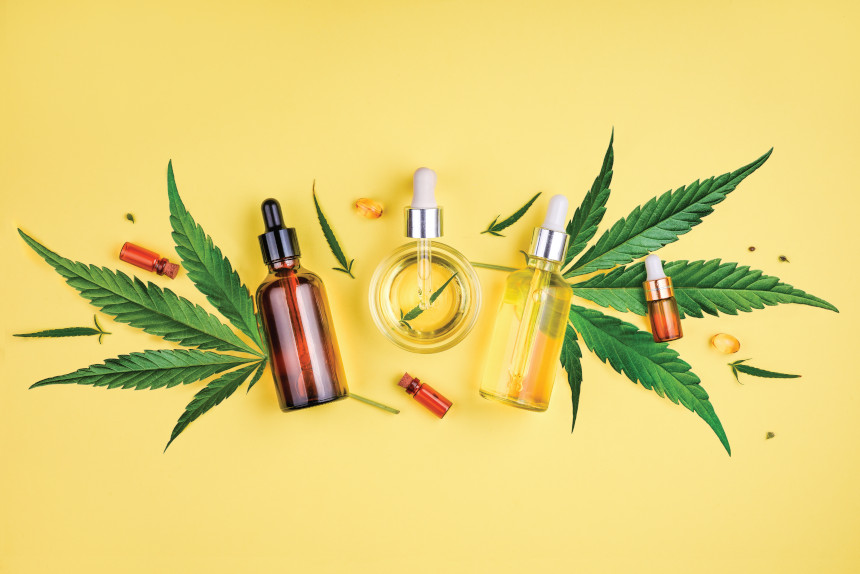
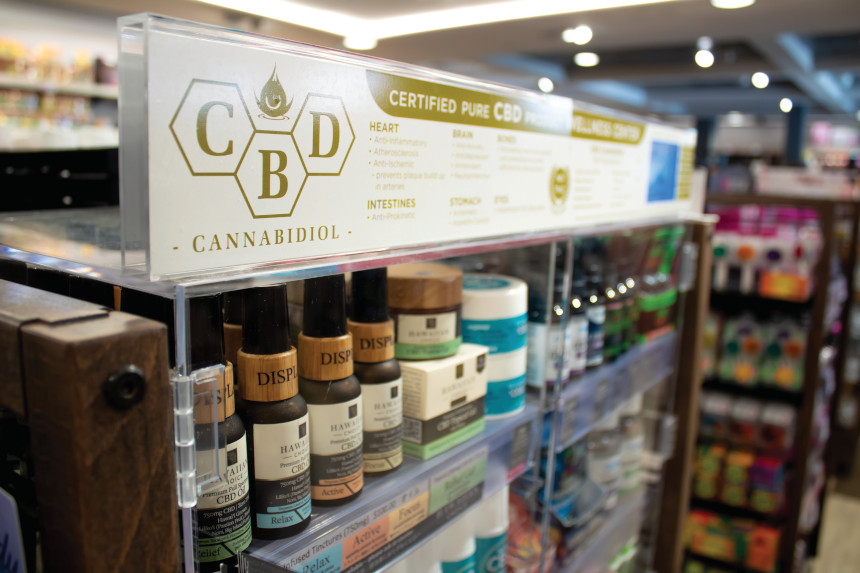
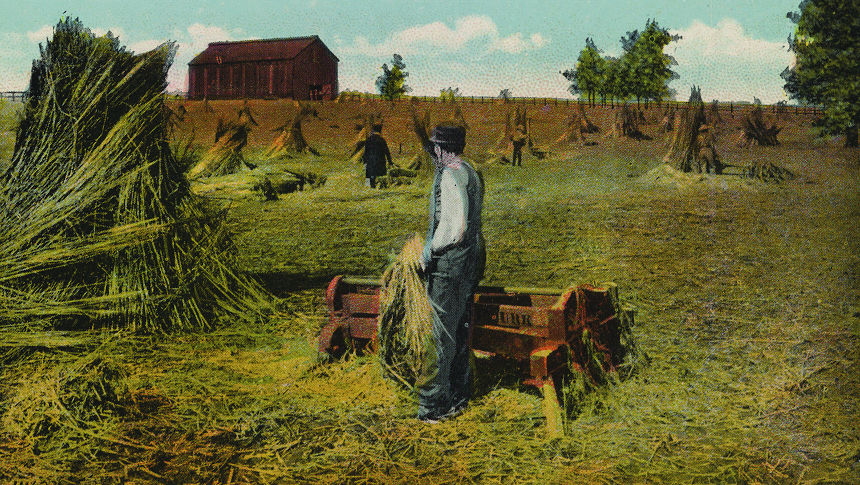
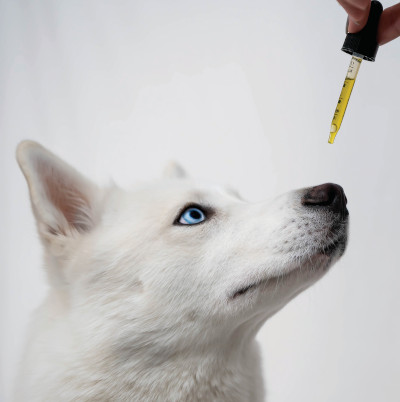
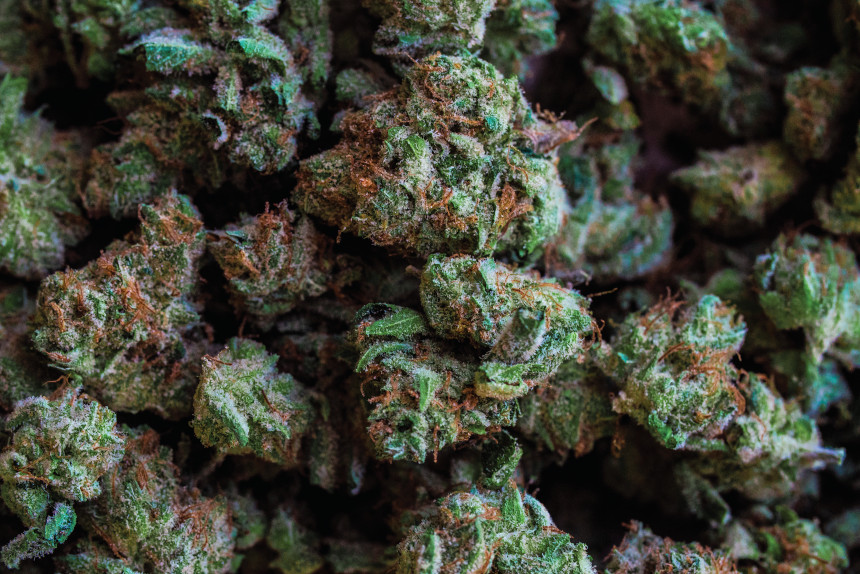



Comments
One of the biggest touted benefits of CBD is its impact on inflammation and pain. Studies have shown that using this topically for conditions such as arthritis can quickly reduce inflammation and pain experienced, without side effects.
CBD continues to prove itself as a legitimate, safe, natural alternative to pharmaceutical drugs for a myriad of ailments for both people and animals, and should be explored as such per the individual situation.